What i have learnt , that dijkstra cannot work with negative edge weights . For that we have to use bellman ford .
Bellman fords works well with negative edge weights and negative cycles , which are not reachable from source otherwise, it will return a msg "Negative cycles exist".
But, this graph shown above works well with dijkstra , even though negative edge weights exist. So, how to know when to use dijkstra with negative edge weights ??
What is think , is that dijkstra can or cannot work with negative weight edges. If negative cycle exists, then it will not work. But if not exists, it can or cannot work.
Am i right ?? plz guide me for this ??
